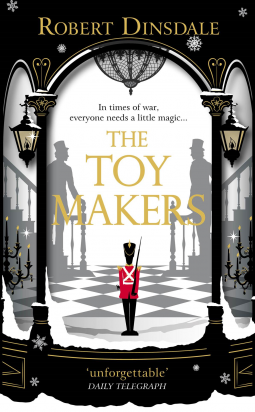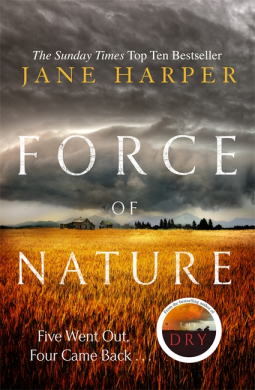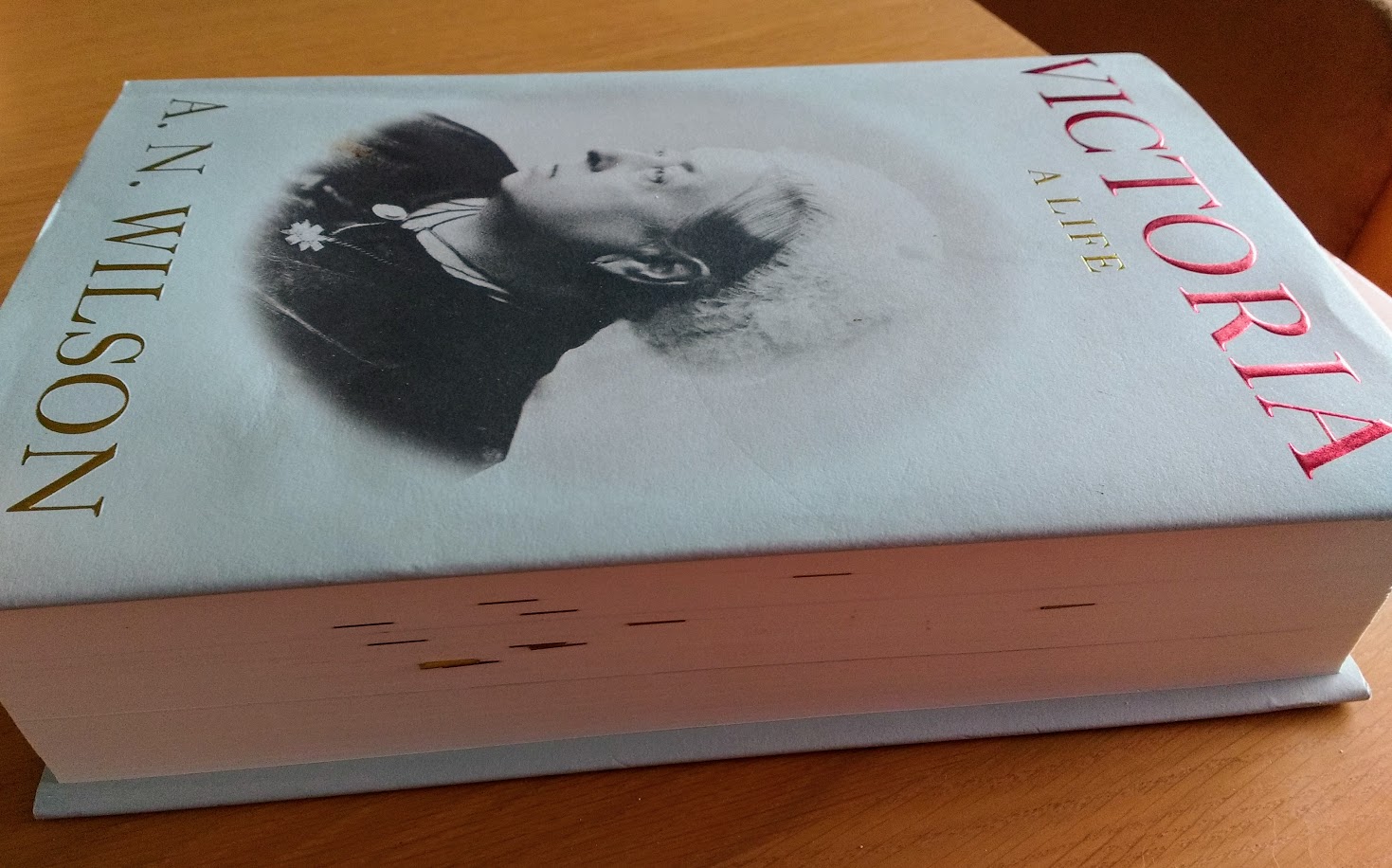
This week the theme for Novellas in November is nonfiction novellas and I read The Man behind Narnia by A N Wilson, about C S Lewis.

A N Wilson is the author of over forty books – 20 novels, biographies, a three-part history of the last 100 years, and stories for children.
I’ve read a few of his biographies, the latest one I read was about Queen Victoria. At 656 pages it took me 3 months to read and I learned so much and enjoyed it immensely. In 1990 he wrote a full length biography of C S Lewis (which I haven’t read) and in 2013 he made a BBC 4 documentary about Lewis and his work. I didn’t watch the programme, but that didn’t spoil my enjoyment of The Man Behind Narnia. In only 72 pages he writes briefly about Lewis’s life, his own reflections on Lewis’s works, and describes the making of the documentary.
Clive Staples Lewis (1898–1963) was a Fellow and Tutor in English Literature at Oxford University until 1954, when he was elected to the Chair of Medieval and Renaissance Literature at Cambridge University, a position he held until his retirement. He wrote more than thirty books, including Mere Christianity, Out of the Silent Planet, The Great Divorce, The Screwtape Letters, and The Chronicles of Narnia books.
I first came across Lewis’s books when I was a teenager and a friend lent me The Screwtape Letters and then I read his autobiography, Surprised by Joy – in which he tells the story of his conversion to Christianity and about his childhood in Ireland, his school years and his adolescence – then his time at Oxford University and in 1917 he enlisted and was sent to the front line in France. Since then I’ve read quite a lot of his theological books, including Mere Christianity, as well as The Lion, the Witch and the Wardrobe (the first of his Narnia books) which I read about 15 years ago. I think I’d have enjoyed it more if I’d read it as a child.
I enjoyed Wilson’s book very much, but it really is as much about himself and the effects that Lewis’s writing has had on him as it it is about Lewis. He writes about the places where Lewis lived, Belfast where he was born, Dunluce Castle on the coast where he used to visit with his mother (the castle in the Narnia stories), the places he went to school in England, and Oxford University. I’ve realised in writing this post that Wilson’s book jumps around a lot from place to place whilst covering Lewis’s life at different periods of time, so that it might seem a disjointed book, but it isn’t. As I was reading it, it seemed to flow naturally.
He also writes about Lewis’s relationships with, amongst others his father, and Mrs Moore, his friend’s mother and later his lover (allegedly) and their life together at The Kilns in Headington. He only writes briefly about his marriage to Joy Davidman. Several years ago I remember being enthralled watching Anthony Hopkins, Debra Winger, and Julian Fellowes in Shadowlands (not a dry eye in the cinema). Shadowlands is about Lewis’s meeting with Helen Joy Davidman and about the events that led to their marriage. And earlier this year I read Becoming Mrs Lewis, a novel by Patti Callahan about Joy Davidman and her meeting and subsequent marriage to Lewis, so I was interested to read what Wilson’s view of their relationship was. He too ‘dissolved into tears‘ whilst watching the film, ‘even though [he] knew the circumstances of Lewis’s marriage to Joy Davidman [bore] only the haziest relationship to the story of ‘Shadowlands’. Interesting, I wondered what he based this on. My impression of Joy from reading Becoming Mrs Lewis was that she was stalking Lewis and I couldn’t warm to her.
In Chapter three he writes about the Narnia stories. Like me Wilson didn’t read the Narnia stories as a child. He hadn’t wanted to spoil his admiration for Lewis’s academic books by dipping into Narnia and found Lewis ’embarrassing’ when he got onto the subject of religion. He finally read them when he was on holiday in the Hebrides with his family and as it was raining he read The Lion, the Witch and the Wardrobe aloud to his daughters. The children were enraptured but he found it disturbing and shocking, with the Atonement theology of the story. But even so he found the story absolutely absorbing.
There is so much packed into this novella that I could probably go on writing about it. But this post is too long already, so I’m going to stop. If you’re interested in knowing more I can recommend reading it. I was fascinated and it has made me want to read more of Lewis’s books. I have little pile of them and haven’t read all of them yet.

The only one I’ve written about on this blog is Letters to Malcolm, a book about prayer. I’m also wondering whether to read Wilson’s biography of Lewis, or maybe Alister McGrath’s more recent biography, written in honour of the 50th anniversary of C. S. Lewis’s death, C S Lewis: A Life: Eccentric Genius, Reluctant Prophet.








